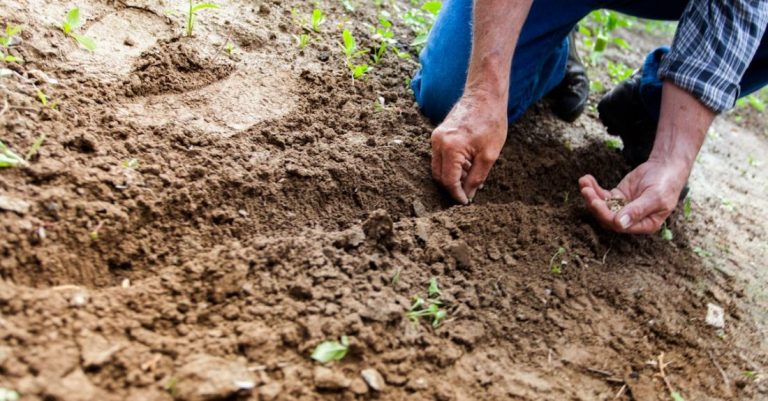
Maintaining a successful organic garden requires thoughtful planning and strategic practices to ensure the health and vitality of your plants. One essential technique that organic gardeners should incorporate into their gardening routine is crop rotation. By rotating crops in your garden, you can prevent soil depletion, minimize pest and disease issues, and promote overall plant growth. In this article, we will delve into the importance of crop rotation and provide you with practical tips on how to implement this beneficial practice in your organic garden.
Understanding the Importance of Crop Rotation
Crop rotation is a farming practice that involves planting different types of crops in the same area seasonally or annually. This method helps break the life cycles of pests and diseases that may target specific plant families. Additionally, rotating crops can prevent soil nutrient depletion by varying the types of nutrients that different plants require.
Benefits of Crop Rotation
1. Pest and Disease Control: Certain pests and diseases are specific to particular plant families. By rotating crops, you can disrupt the breeding cycles of these pests, reducing the likelihood of infestations and diseases.
2. Soil Health: Different plants have varying nutrient needs. Rotating crops helps maintain soil fertility by preventing the depletion of specific nutrients. For example, legumes like beans and peas can fix nitrogen in the soil, benefiting subsequent crops that require this nutrient.
3. Weed Suppression: Crop rotation can help suppress weed growth. Some crops can naturally inhibit weed growth, providing a natural weed management solution for your garden.
Implementing Crop Rotation in Your Organic Garden
1. Plan Your Crop Rotation Schedule: Before planting each season, create a crop rotation plan that outlines which crops will be planted in each area of your garden. Divide your garden into sections and rotate crops based on plant families.
2. Group Plants by Families: Different plants belong to specific families, such as the nightshade family (tomatoes, peppers, eggplants) or the brassica family (cabbage, broccoli, kale). Avoid planting crops from the same family in the same area in consecutive seasons.
3. Use Cover Crops: Cover crops like clover, buckwheat, or vetch can be planted during fallow periods to improve soil health and structure. These crops also help suppress weeds and provide organic matter when tilled back into the soil.
4. Incorporate Green Manure: Green manure crops, such as alfalfa or winter rye, can be grown and then tilled into the soil to add organic matter and nutrients. This practice enriches the soil and prepares it for subsequent plantings.
5. Rotate Root Vegetables: Root vegetables, like carrots and potatoes, deplete specific nutrients from the soil. Rotate these crops with nitrogen-fixing legumes or heavy feeders like corn to maintain soil balance.
6. Keep Records: Maintain a garden journal to track which crops were planted in each section of your garden and the success of each rotation cycle. This information will help you refine your crop rotation plan in subsequent seasons.
Incorporating crop rotation into your organic gardening practices can lead to healthier plants, increased yields, and reduced reliance on synthetic fertilizers and pesticides. By diversifying the types of crops grown in your garden and following a well-thought-out rotation plan, you can create a sustainable and resilient garden ecosystem that thrives year after year.
Implementing crop rotation may require some initial planning and adjustment to your gardening routine, but the long-term benefits far outweigh the effort. By adopting this practice, you can enhance the health of your soil, reduce pest and disease issues, and promote the overall productivity of your organic garden. Start implementing crop rotation in your garden today and reap the rewards of a flourishing and sustainable growing space.





